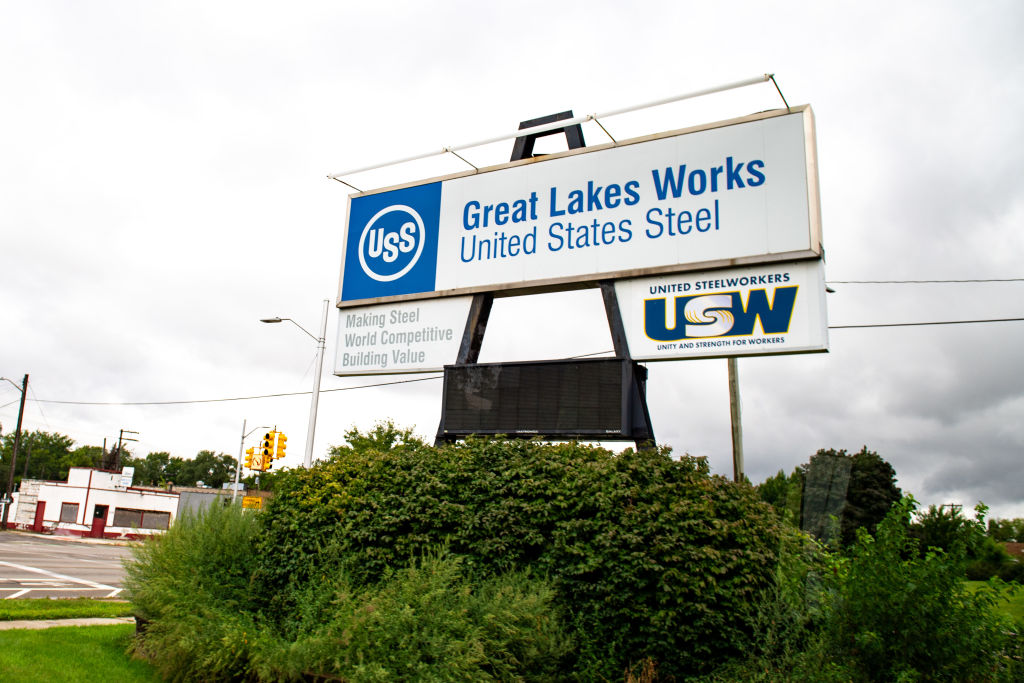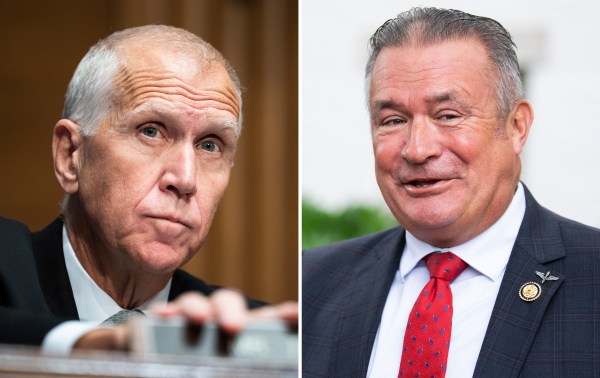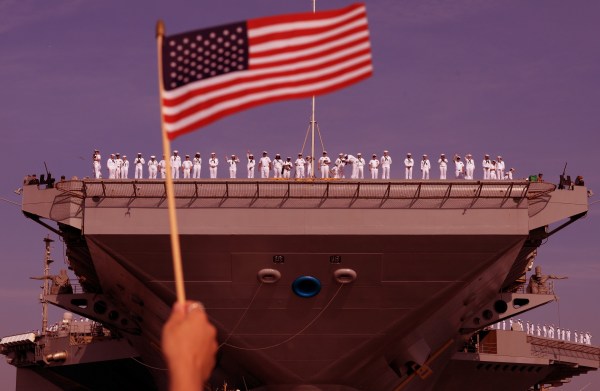The world—and the dollar—has changed so much since 1901 that it would be hard to know exactly how much the $480 million John Peirpont Morgan paid for U.S. Steel that year would be worth in today’s money, but let’s say conservatively that it would be more than $17 billion.
That money went straight to the company’s owners, principally Andrew Carnegie and Henry Clay Frick, instantly making them among the richest men who had ever lived. But then Morgan turned right around and listed U.S. Steel on the New York Stock Exchange, raising more than $1.4 billion—something close to $50.6 billion today—in the largest initial public offering in history.
We also have to bear in mind, of course, how much more of the economy is in investments now than 122 years ago. Imagine what Morgan could have gotten if 58 percent of Americans were plowing money into the market through their mutual funds and 401(k)s instead of stuffing it under their mattresses.
Whatever the newly listed U.S. Steel would have been worth today, it wouldn’t be $14.1 billion, which is how much Japanese steel manufacturer Nippon Steel agreed this week to pay for the rusted-out hulk of the company that Carnegie, Frick, and Morgan made. To turn the telescope around, that $14.1 billion in today’s dollars would have had the buying power of about $31 million in 1901.
So what if U.S. Steel is worth less as a company than Best Buy? Graveyards are full of seemingly indispensable corporations, right? Pile up the stricken over there with all the other colossuses that once shook the earth—and move on to what’s next. Take a picture on your Kodak, make a Xerox for your files, and forget about it.
But if you grew up in the Ohio Valley in the 1980s, as I did, the end of U.S. Steel feels different. My father was in the coal business and sold many thousands of tons of coal and coke to U.S. Steel. A trip to the big city of Pittsburgh might be capped off with dinner at the restaurant at the top of the 64-story U.S. Steel Tower, the triangular skyscraper in the heart of downtown, rearing up like something that would house Darth Vader’s forces. That was back when the giant old mills—Youngstown, Duquesne, Homestead—were shutting down. High labor costs, environmental regulations, and foreign competition were already wrecking the industry. But U.S. Steel was too big and too important to go the way of the others, like my hometown’s onetime pride and joy, Wheeling-Pittsburgh Steel.
But the closures kept coming, the stock kept dropping, and as the years wore on, it became obvious that the industry wasn’t going through a period of adjustment and consolidation, but rather being crushed under its own weight. Steel, the biggest of big business, was collapsing on itself.
Anyone would have told you back then that the Japanese were a big problem for the American steel business. Indeed, they were the problem. Leave your Toyota in the lot of one of the mills north of Wheeling in the 1980s, and you might come back to dented fenders and a cracked windshield. Corrugated steel garbage cans, rusty and as heavy as a load of bricks, still dotted the curbs on trash day, imported plastic be damned.
I don’t think many people then would have been surprised to find out that a Japanese company was buying U.S. Steel. Indeed, it would have been the kind of I-told-you-so moment that old timers were warning about. These Japanese, they would say, will come here and buy us all—lock, stock, and barrel. But they might have marveled at the fact that it took another 40 years to happen.
They didn’t know that in the decades to come, it wouldn’t be Japanese steel that crushed domestic production. It would be the whole world. India, China, the countries of the former Soviet Union, and more found that they could cheaply make commodity steel and dump it on the world market. American-made, high-end finished products—jets, computer processors, even cars—were hard to displace, but big undifferentiated slabs of steel were easy to make with the same technology that Carnegie and Frick had used 90 years before. And without American labor laws and environmental restrictions, and often with government backing, producers in the developing world wiped out hopes for a return to the glory days.
But all along, politicians promised otherwise. Decade after decade, tough-talking candidates in both parties vowed that they would fend off the foreign aggressors and bring those blast furnaces back to life. And they’re still promising.
It’s good politics in places where even people born after the fall of Big Steel can still feel the loss—that belief that somehow just before they arrived, things were better. We were more important. What we did here mattered. And U.S. Steel, 64 stories tall and the backbone of the arsenal of democracy, was known the world over.
Saying goodbye to that is hard, maybe even harder for those who arrived after the fall, when nostalgia had crowded out the realities of a long, slow decline. But say goodbye we must.







Please note that we at The Dispatch hold ourselves, our work, and our commenters to a higher standard than other places on the internet. We welcome comments that foster genuine debate or discussion—including comments critical of us or our work—but responses that include ad hominem attacks on fellow Dispatch members or are intended to stoke fear and anger may be moderated.
With your membership, you only have the ability to comment on The Morning Dispatch articles. Consider upgrading to join the conversation everywhere.